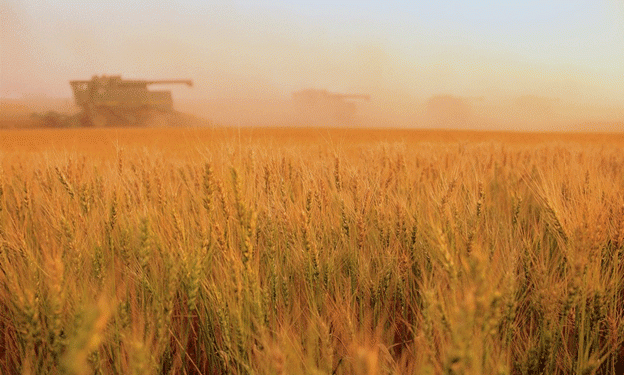Russia’s agricultural watchdog has set its sights on a critical goal for 2025: securing access to the Chinese market for its winter wheat and barley. This development comes at a time when the nation’s overall grain production is under pressure due to the poor condition of winter crops across major producing regions.
Currently, China, the world’s largest grain consumer, is a growing market for Russian grains but primarily imports oats and spring wheat. By opening its doors to Russian winter wheat, China could become a significant trade partner, benefiting from the crop’s higher yield and superior profitability compared to spring wheat.
The State of Russia’s Grain Sector in 2025
- Harvest Projections:
Russia’s wheat harvest for 2025 is expected to decline due to adverse conditions affecting winter wheat, which constitutes 90% of the country’s total wheat harvest. - Export Diversification:
While traditional markets in the Middle East and North Africa have historically been major importers of Russian wheat, the focus on China reflects a strategic move to reduce dependence on these regions.
China’s Role in Russian Grain Exports
China has steadily increased its imports of Russian grains, becoming the leading importer of Russian oats. However, its imports of wheat lag behind those of other traditional buyers. China currently restricts imports of Russian wheat to spring varieties, limiting the potential for trade expansion.
Winter wheat, with its higher yield potential and profitability, presents an opportunity to strengthen trade relations. Experts suggest that allowing winter wheat imports could address China’s growing demand for high-quality grains while providing Russian farmers with a more stable market.
Beyond Wheat: Broadening the Export Portfolio
In addition to winter wheat and barley, the Russian watchdog is advocating for Chinese market access to other agricultural products, including:
- Wheat bran
- Food-grade soybean meal
- Beet pulp with molasses
- Red beans and mung beans
- Amaranth
- Flax cake
- Millet, mustard, and malt
This diverse portfolio underscores Russia’s efforts to capitalize on China’s vast consumer base while boosting the profitability of its agricultural exports.
Challenges and Opportunities
Despite these ambitions, challenges persist. The declining wheat harvest in 2025, coupled with existing barriers to market access, poses risks to Russia’s export strategy. However, the push to diversify export destinations could offset potential losses and pave the way for more robust trade relationships.
Russia’s pursuit of winter wheat access to the Chinese market reflects a long-term strategy to diversify exports and sustain its agricultural sector amid shifting global conditions. By addressing barriers and broadening its export portfolio, Russia is positioning itself as a key supplier to one of the world’s largest grain consumers. For farmers and agronomists, these developments highlight the growing importance of adapting to global market trends and cultivating crops with international demand in mind.
Error





